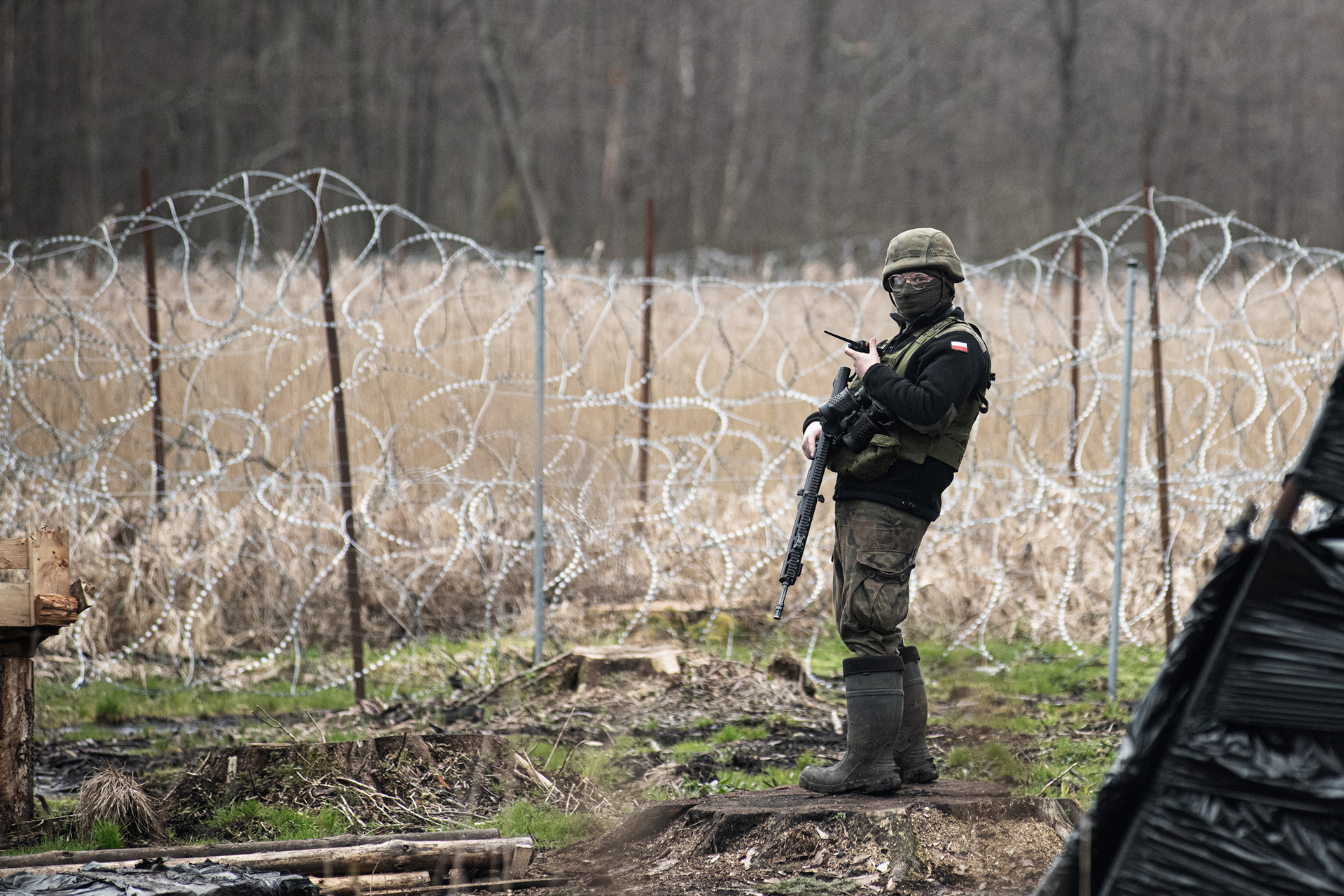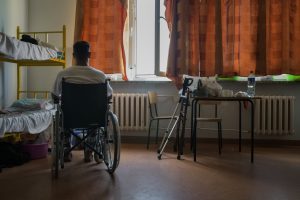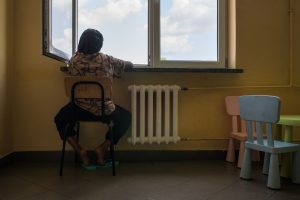Into the Shadows is a cross-border investigation examining how Europe’s migration and border policies have created a legal limbo for asylum seekers between Belarus, Poland and Germany.
Drawing on field reporting, first-hand testimonies, civil society reports and legal documents, the investigation reveals how refugees from the Belarus route are caught in overlapping political, legal and humanitarian deadlocks between the European Union’s eastern external border and Germany.
Since 2021, migrants — mainly from Africa and the Middle East— have used Belarus as a gateway to Europe, encouraged by political manipulation from Minsk and Moscow.
In response, Poland erected a 187-kilometre steel border wall on its frontier with Belarus and implemented a regime of militarised border control and systematic “pushbacks”. Human rights organisations and local aid networks have documented numerous abuses, including violence, humiliation and the destruction of migrants’ belongings.
Despite a change in government in 2023, these practices largely persisted, supported by expanded military powers and new laws granting border guards and soldiers near-unlimited authority to use firearms — culminating in shootings and further rights violations.
The investigation documents how asylum rights at the Polish-Belarusian border have been suspended since late 2024, effectively closing legal routes for protection — even for vulnerable individuals such as children, pregnant women and the injured.
Those who managed to cross into Poland end up in one of six detention centres or nine open facilities. Detention, intended as a last resort, became routine in the early months of the crisis.
Poland is also among the few European countries that detain families with children and unaccompanied minors, a practice condemned by the European Court of Human Rights.
Conditions in open facilities remain harsh. Residents live in isolation, with allowances as low as €18 per month, poor medical care and no opportunities to integrate. Many refugees report feeling trapped in a system seemingly designed to push them to leave Poland and move on to other countries such as Germany.
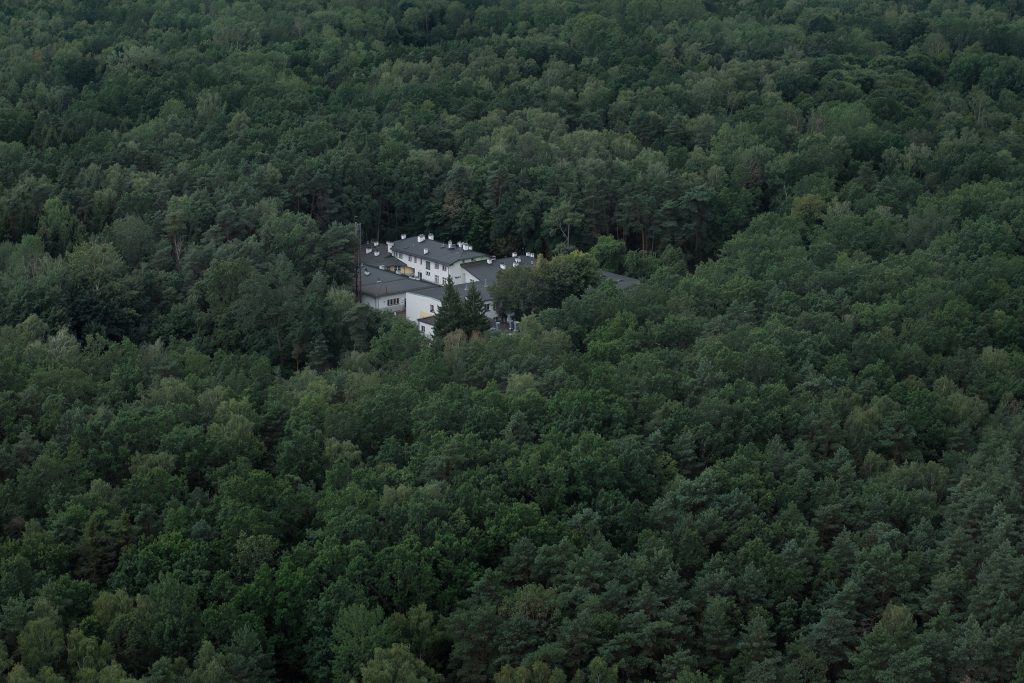
The investigation also follows migrants attempting to continue their journey to Germany, only to be turned back — sometimes left by Polish border guards on the streets without proper assistance or the support they are entitled to under asylum law.
Germany’s reintroduction of controls along its border with Poland has reinforced this cycle. These measures, described as “temporary”, have effectively curtailed mobility and deepened divisions between member states, each seeking to limit its responsibility for asylum seekers.
The “Dublin Regulation” determines which EU country is responsible for examining an asylum claim, usually the country of first entry. Although human rights organisations assist refugees facing transfer back to Poland under this rule, appeals against such return orders rarely succeed.
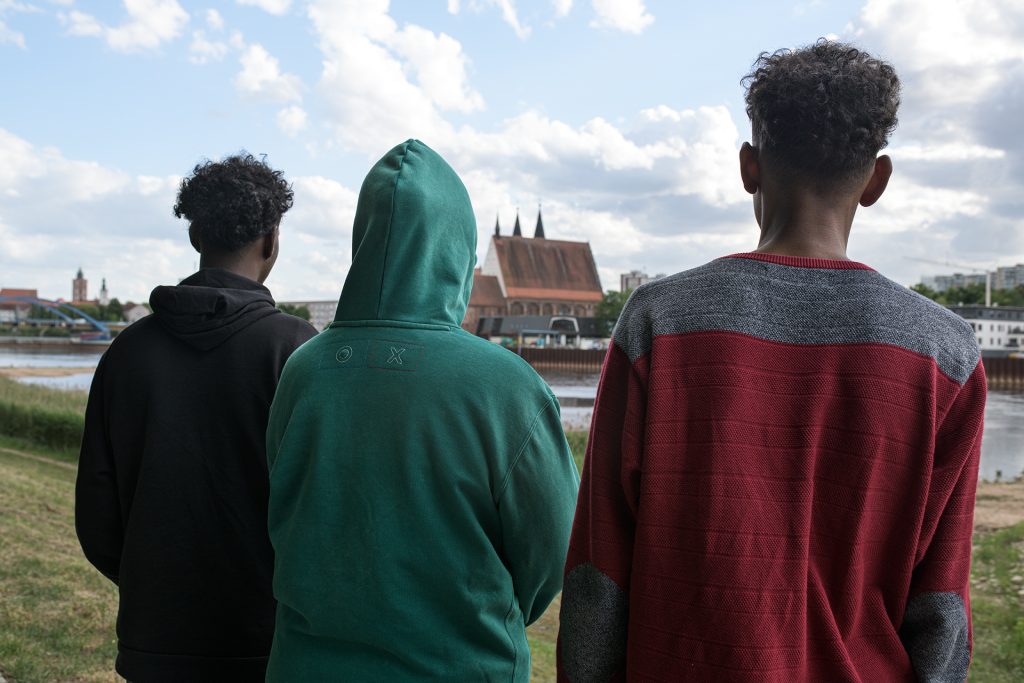
As the EU moves toward implementing its 2024 New Migration Pact — promising faster border procedures and expanded returns — the investigation shows how, across Europe’s eastern borders, people remain trapped in a system that prioritises border management over protection.
The findings highlight the growing gap between Europe’s human rights commitments and its border practices, the latter leaving many individuals suspended between frontiers, waiting for a chance to rebuild their lives.
All photos by Hanna Jarzabek
Team members
Hanna Jarzabek was the project leader. She is a Polish-Spanish photographer and reporter, currently based in Spain.
Roberto Jurkschat is a German journalist based in Berlin.
See the stories below.
